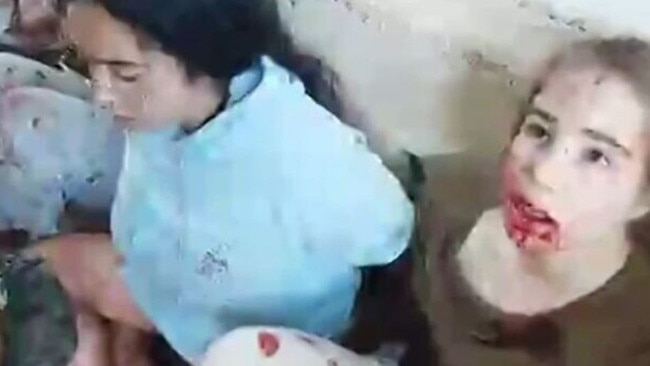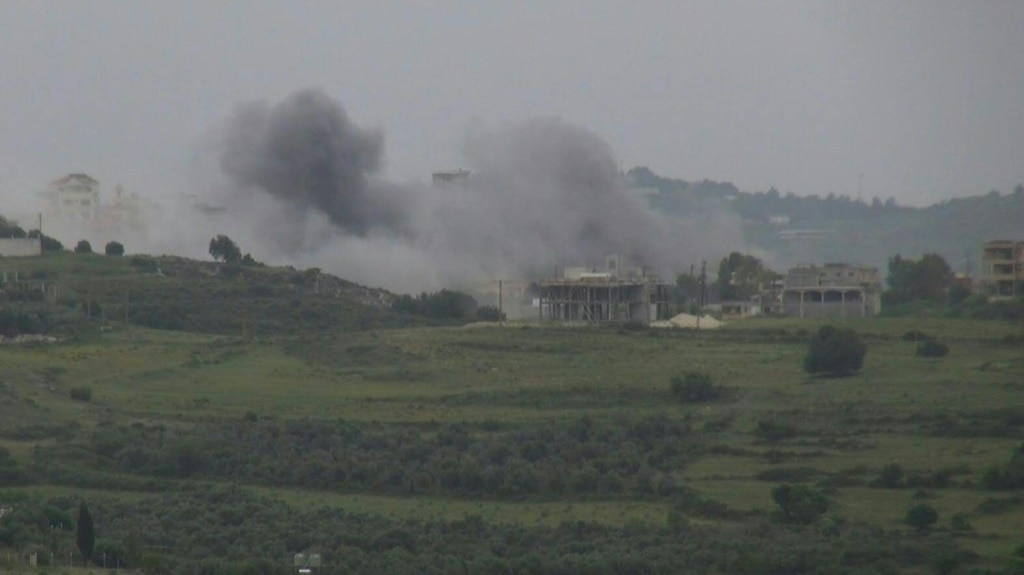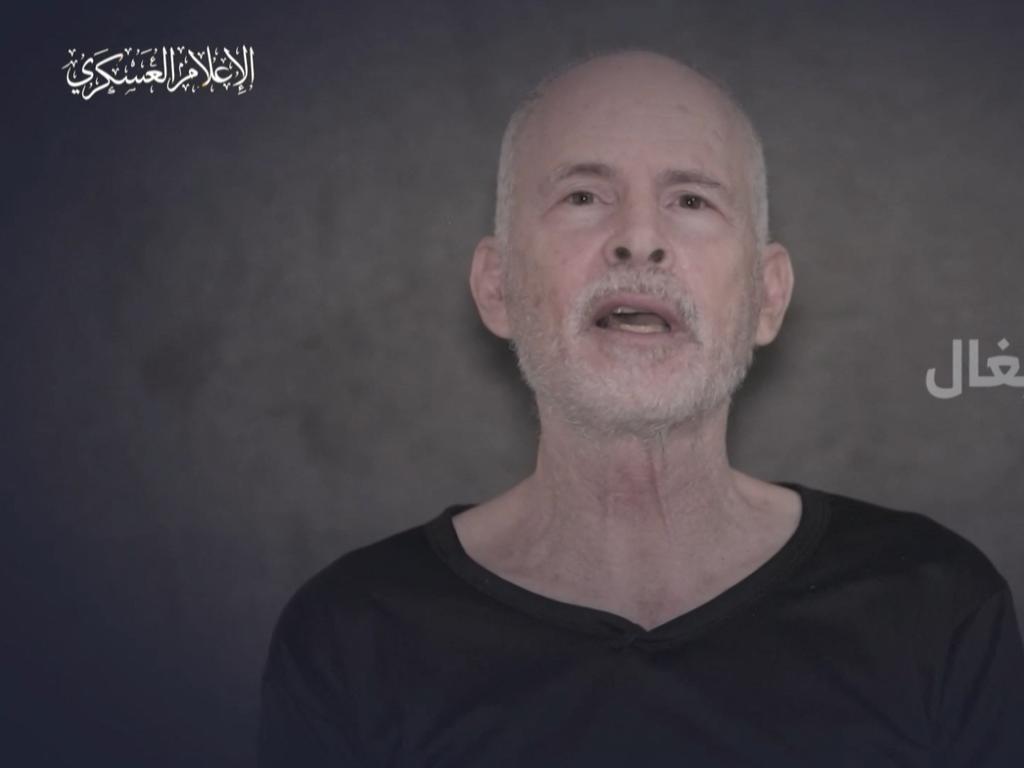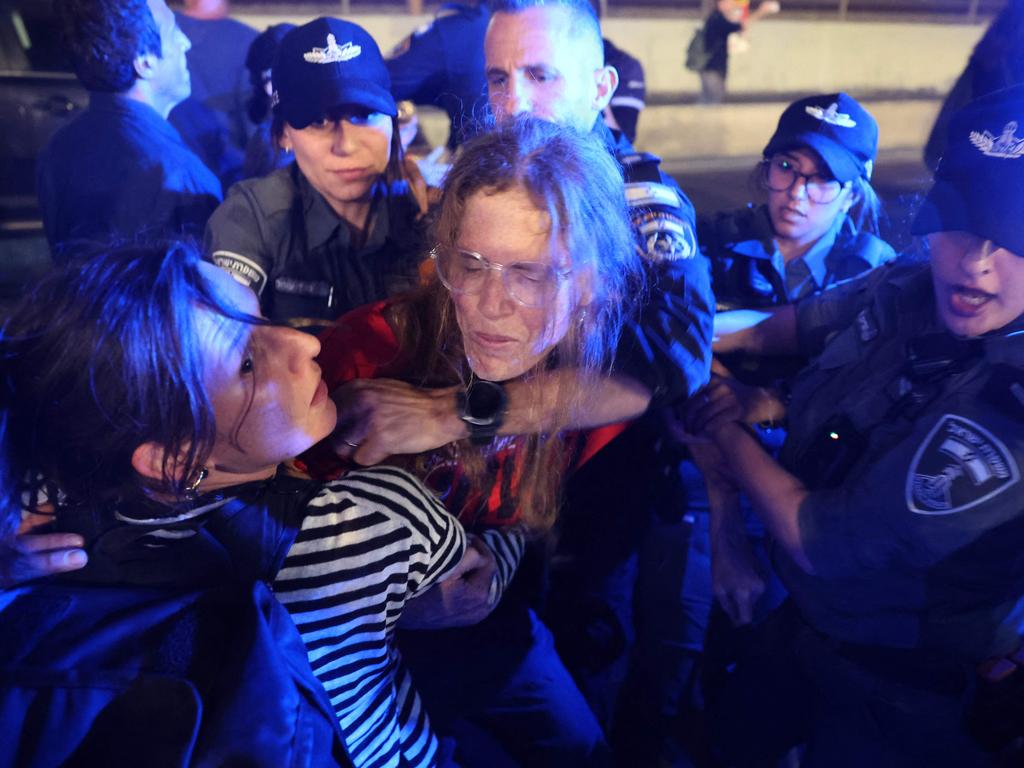Israeli families release video of women troops being seized on October 7
The clip shows the bloodied women sitting on the ground with their hands tied as their captors threaten them and discuss getting them pregnant | WATCH

A Hamas gunman is seen eyeing up one of the bloodied girls in her pyjamas as she is slumped in a line with others against the wall of the bomb shelter. “Beautiful,” he says in English, in newly released footage of the October 7 attacks.
The video shows the moments when militants stormed the Nahal Oz base near the Gaza border during their raid, killing more than 60 Israeli soldiers and capturing several more. Filmed by a Hamas GoPro camera, it was uncovered a month ago by the Israeli army, showing at least five female soldiers being interviewed by their captors.
They have been named as 19-year-olds Liri Elbag, Karina Ariev, Agam Berger, Daniella Gilboa and Naama Levy, all still held in Gaza, their current fate unknown. Families of the soldiers decided to share the video with the public to raise awareness for what they fear their daughters and sisters are going through.
The censored video, edited and translated by the Israeli army, shows dozens of gunmen tying up the women soldiers, who were captured while sheltering from heavy rocket fire on the morning of October 7. Their faces bloodied, barefoot, they had run out of bed to seek cover. The scenes are chaotic, with black-clad gunmen shouting abuse in Arabic and then, in another scene, praying as the women look on.
Some of the young women’s relatives said they could not bear to watch the footage when it was first shown to them. It has been edited to obscure images of mutilated bodies.
“When I saw the video, it was just so much worse than I could have even imagined. To see it with your own eyes is even harder than your worst nightmare,” Shai Elbag, 23, the older sister of Liri, who turned 19 in captivity, told The Times. “I go to bed every night thinking about her and when I wake up, I just keep thinking about her face, so freaked out in that video, it haunts me every day and every moment.
“Not all the families were able to sit through that and see their daughters in their darkest moments, and not be able to do anything to help. We saw all the terrorists around her, talking about how beautiful they are and how they could get them pregnant. It was so difficult and disturbing to hear that, because they’re talking about my little sister.” She was referring to some comments translated in the videos by the Israeli military, which were not independently verified.
A UN report focusing on sexual violence found “clear and convincing” information that some of the hostages taken by Hamas have been subject to sexual violence. A released hostage, Amit Soussana, is the only woman to testify to the media about the abuse she endured during six weeks of captivity in Gaza.

Elbag added: “That video is from almost eight months ago, almost, and Liri is going through this every day, all this horror, all this abuse, I don’t want to think or talk about sexual abuse and rape because I am so afraid that that’s what she’s going through but that is happening there too.”
Some 240 hostages were abducted by Hamas and other groups and taken to Gaza on October 7. Around 128 remain there, according to Israeli authorities, although it is unclear how many are still alive.
Ori Megidish, another soldier taken from the Nahal Oz base, was rescued in an army operation in late October and has since returned to military duty.
In the footage, Naama Levy, with bloodstains on her face, is seen looking directly into the camera as she pleads: “I have friends in Palestine,” and then asks if any of her tormentors speaks English. She and the other abducted soldiers are then seen being taken into the back of a jeep.
“They treat them so cruelly, how they tied them up, how they speak to them, I see the fear in Liri’s eyes - so much so that I didn’t even recognise her the first time I saw the video. I know a completely different Liri and she just didn’t look like the same person,” said Elbag. “I saw the fear and the fear of death in her eyes.”
The Times







To join the conversation, please log in. Don't have an account? Register
Join the conversation, you are commenting as Logout